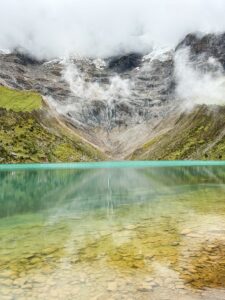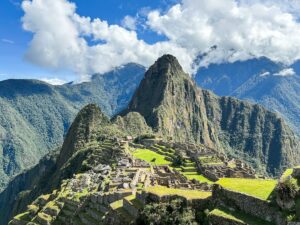Cusco’s Hidden Gem South Valley – Must SEE Day Trip!
South Valley? Don’t you mean Sacred Valley? Nope, I actually don’t, and if you haven’t heard about the South Valley of Cusco, then you definitely need to read on!
Less known than the famous Sacred Valley to the NorthWest, the South Valley will not disappoint.
The South Valley is the name given to the sites Southeast of Cusco City. It is filled with archaeological gems, picturesque landscapes, and abundant history.
Oh, and it’s not as crowded as the Sacred Valley!
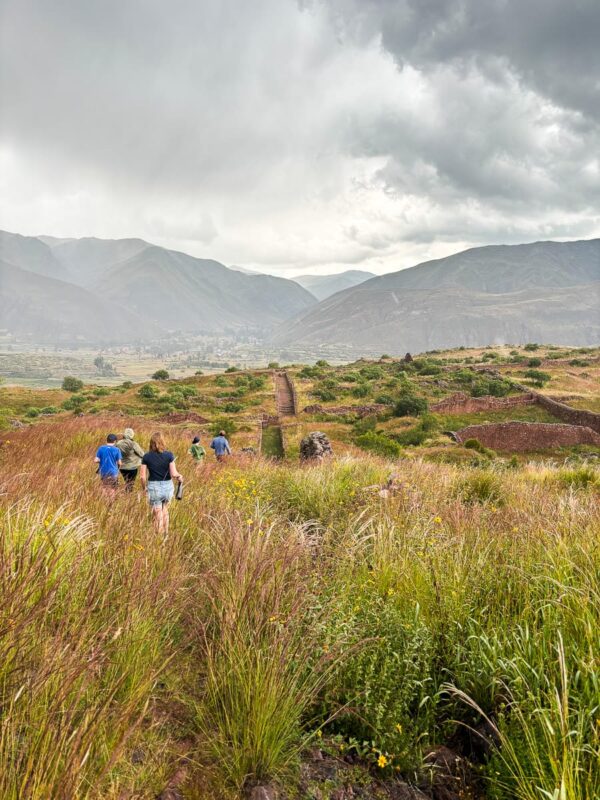
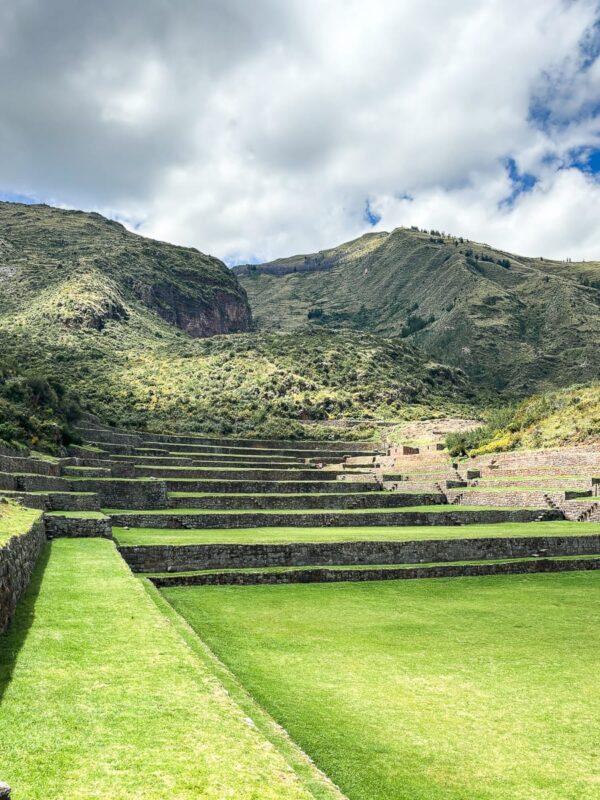
Travel through time as you visit the sprawling pre-Incan ruins of Pikillaqta, marvel at the wonders of Incan engineering at Tipon, or step into a cultural mash of Incan and Spanish at the Church of Andahuaylillas, also known as the “Sistine Chapel of the Americas.”
What sites to visit?
While there are a variety of sites to explore, the most popular in this region are the pre-Incan ruins of Pikillaqta, the engineering marvel of Tipon, the church of Andahuaylillas, and numerous local villages that sometimes specialize in a unique craft, like Oropesa, the Peruvian capital of bread.
TIP: Access to Tipon and Pikillaqta is included with the Boleta Touristica.
Several other sites in the area are less known and often less visited on day tours from Cusco. These include the Pukara Ruins, Raqchi Archaeological Park, Casa hacienda del marques de Valleumbroso, and Huasao wetlands. You may need to coordinate visits to some of these sites with your tour company or plan to go independently, which is entirely doable.
Tipon
This archeological complex demonstrates the Incas’ mastery of agricultural practices and engineering.

The Incas worshiped water here, and the site demonstrates their ability to bring water from many kilometers away via advanced aqueducts and water systems. A ceremonial water fountain is tucked up at the back of the many expansive terraces.
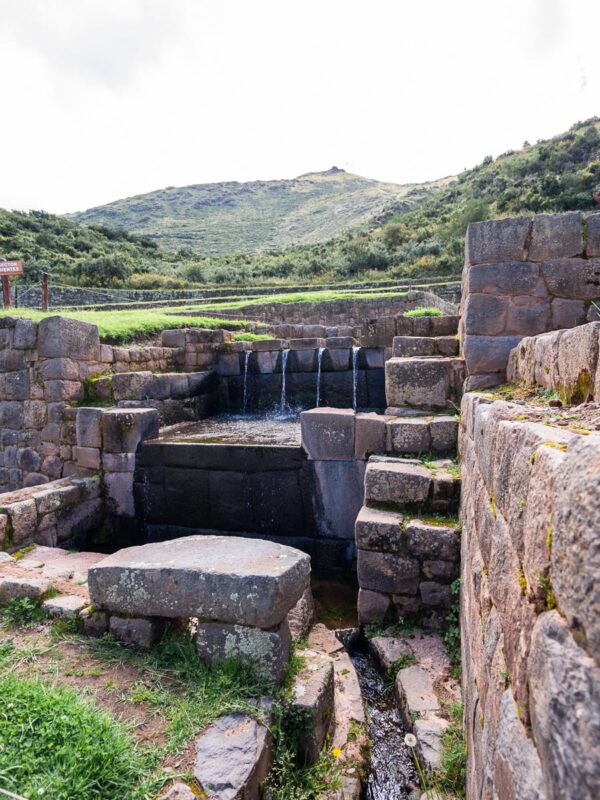
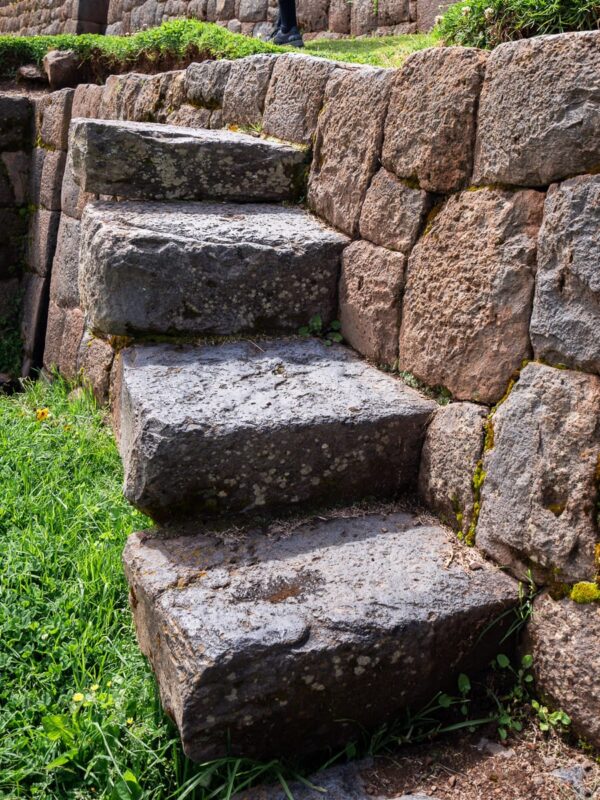
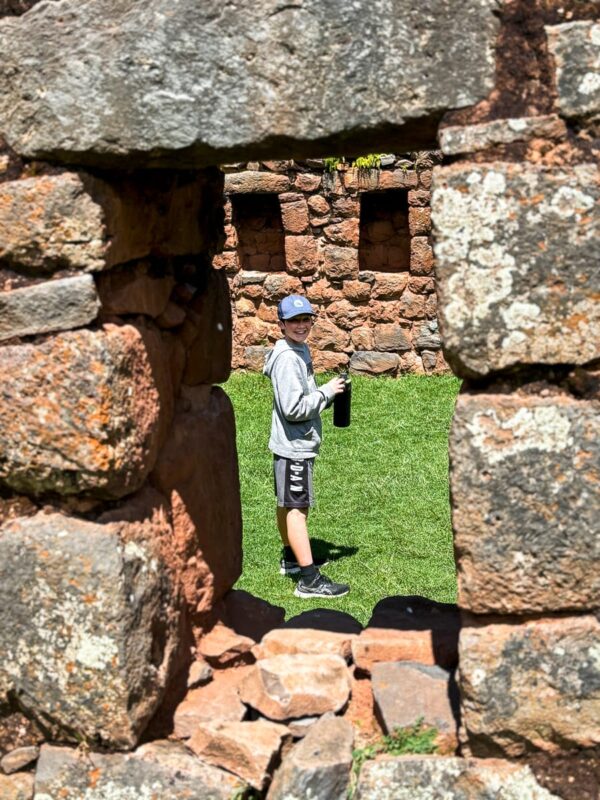
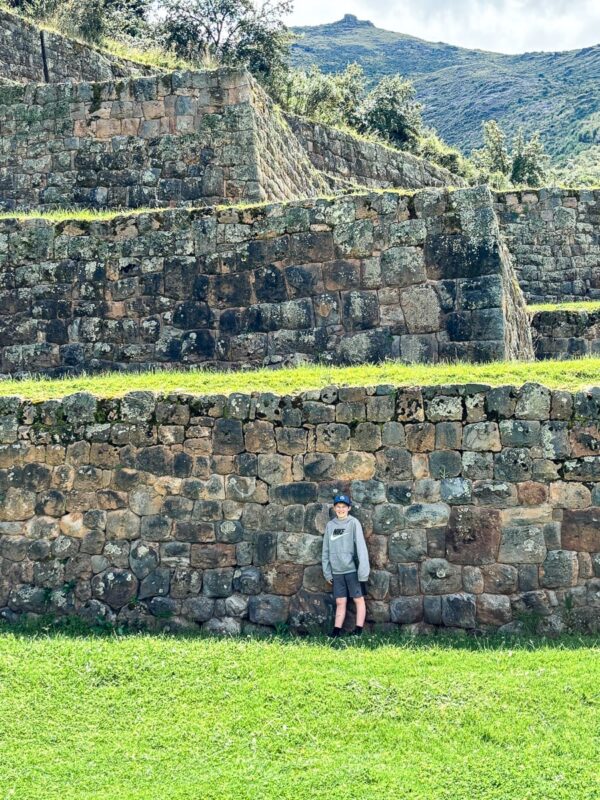
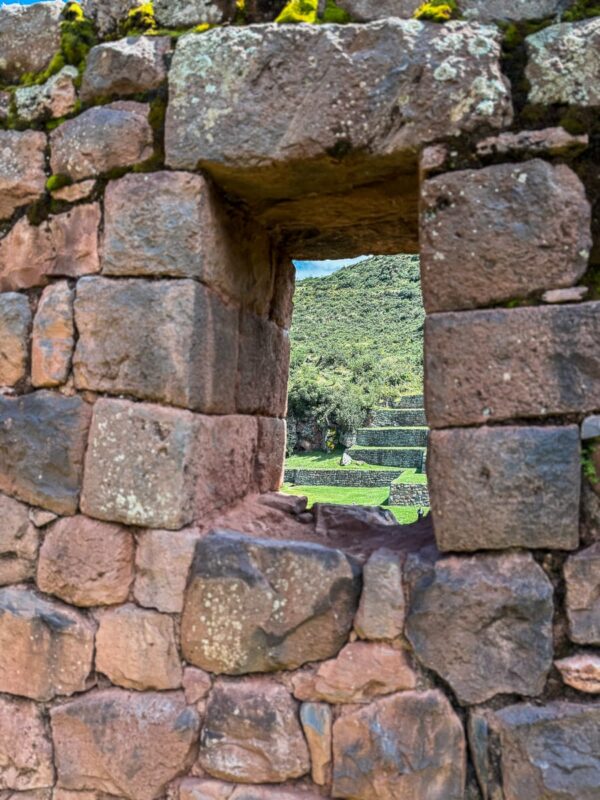
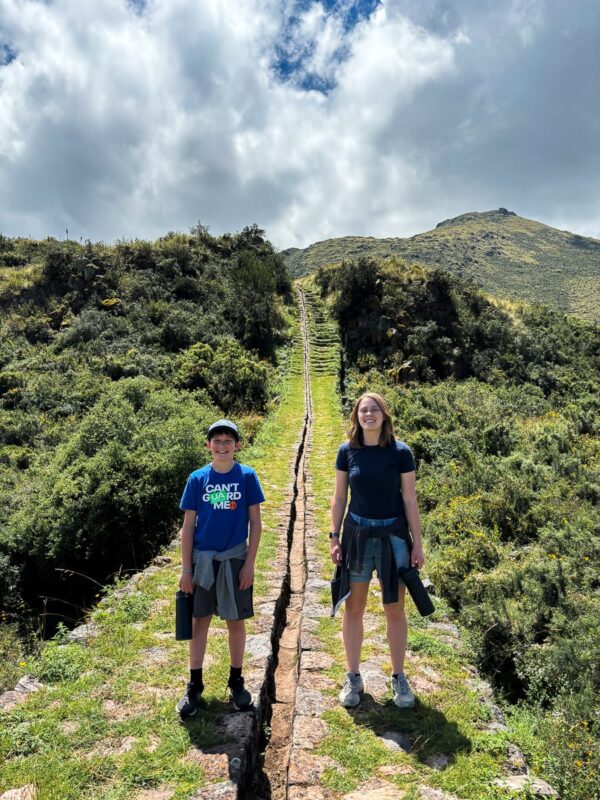
We recommend the side hike to the North of the main ruins to Intihuatana, where you can enjoy additional ruins up close and visually take in all of Tipon and the surrounding areas.
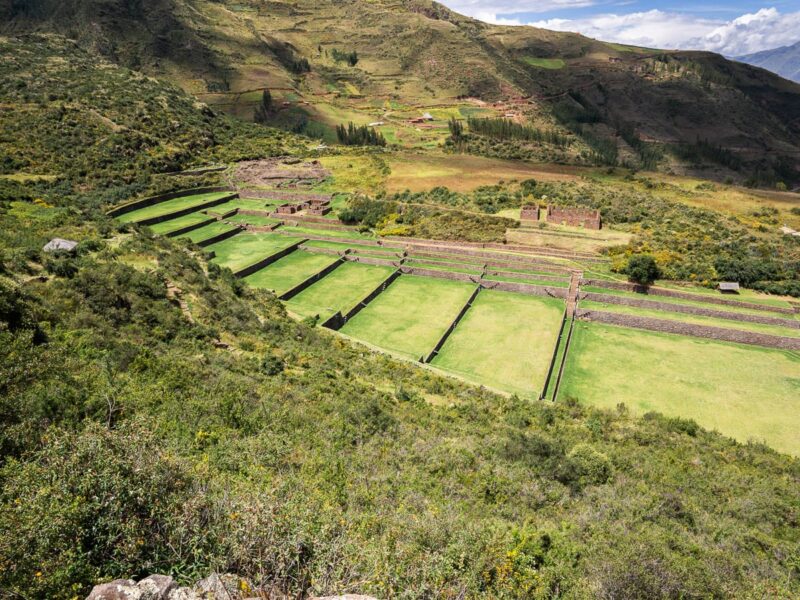
Additionally, if you venture around the ruins, you will find an impressive aqueduct stretching as far as the eye can see. The aqueduct’s path is the trail that leads you to the Pukara Ruins from this point.
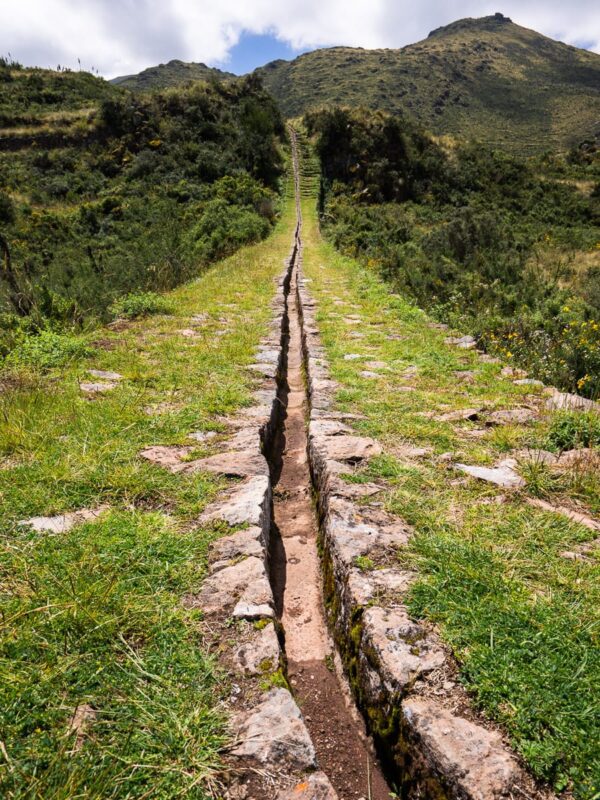
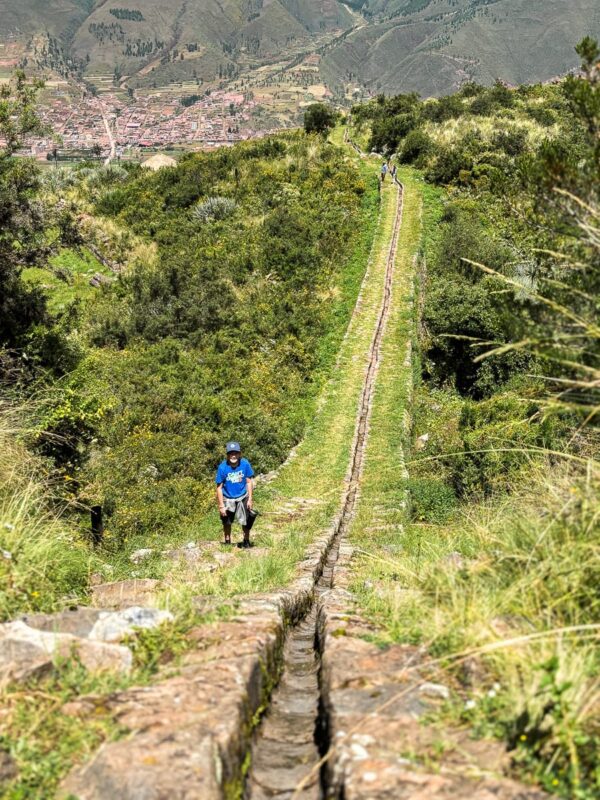
If you feel adventurous and are up for it, you can hike roughly 30-45 minutes over the mountain to reach the Pukara Ruins (which also appear to be reachable via car). This side adventure will add 1-3 hours to your stop at Tipon, but it is free and virtually empty. Be sure to have water/food and appropriate exposure protection. Unfortunately, we did not get to go on this adventure since our tour was “on a schedule,” but it is something we would have loved to experience.
Oropesa
Oropesa has been dubbed “The Peruvian capital of bread” and is famous for producing pan Chuta.
It is a great stop as you head from Tipon to Pikillaqta. We made a short stop and saw one of the many Peruvian bakeries at work. We purchased some still-hot bread fresh from the oven and refueled our bodies for the rest of the day!
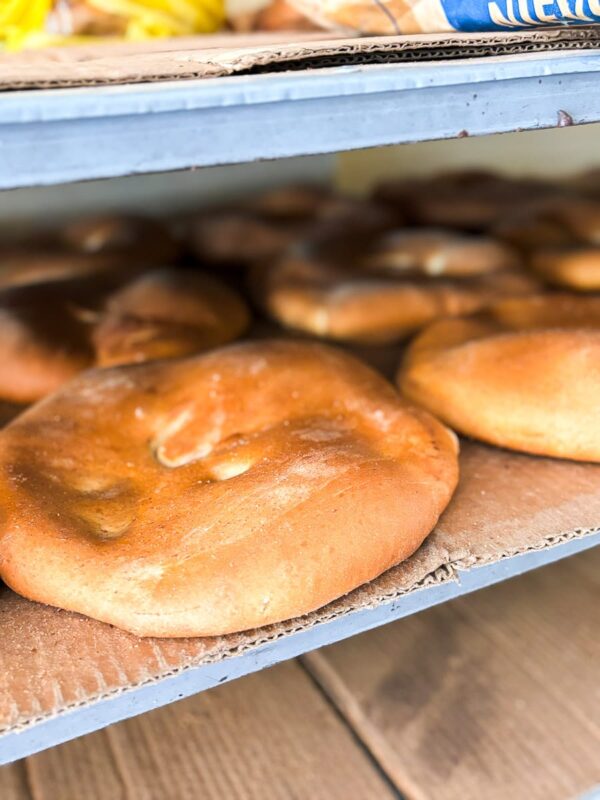
Only 13 miles from Cusco, located between Tipon and Pikillaqta, 1,000 loaves of bread are produced in local family’s bread ovens and distributed around the Cusco Valley and Peru daily.
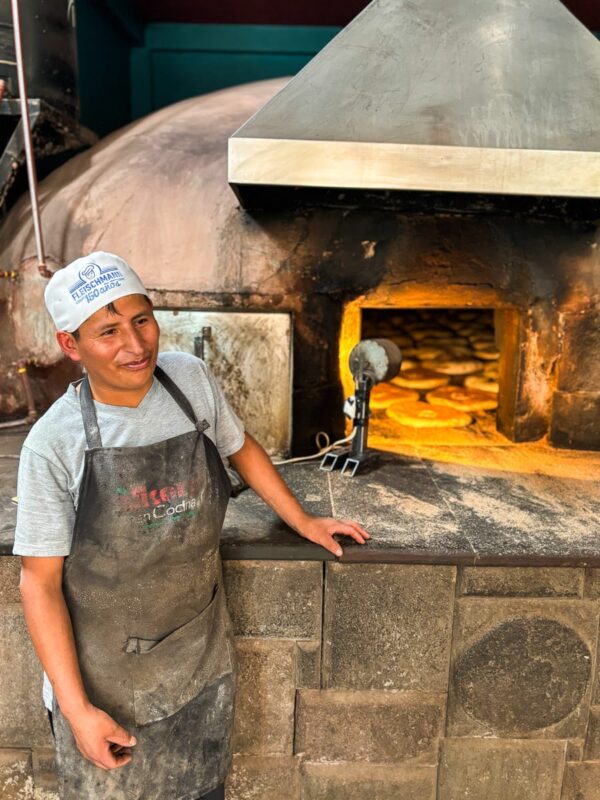
Their specialty is Pan Chuta— a spongy, lightly sweetened, oversized bread loaf sometimes adorned with designs. These breads are not what you would call small, with even the smallest of which are around a foot in diameter (the larges, generally reserved for religious holidays and altar offerings, can span 20 inches). The bread can be eaten as they are or with butter, honey, or jam.
The Chuta bread is unique because it is made with glacial water from the Apu Pachatusan that descends through the archaeological park of Tipon and finally arrives in Oropesa, providing that unique flavor copycats simply can’t emulate (among the blessings the water brings).
Pikillaqta
One of the most well-preserved and famous pre-Inca ruin sites of the Wari people sits above the Laguna de Huacarpay. Marvel at the remnants of adobe and stone homes and streets, offering a glimpse into ancient Andean civilization that paved the way for the Incas.

Some of the homes still show plaster and motifs on the walls, and there is evidence that they were sometimes two to three stories tall. At its height, it is estimated that the city could have housed up to 10,000 people.
Walk along the ancient roadways and enjoy the expanse of pre-Inca civilization!
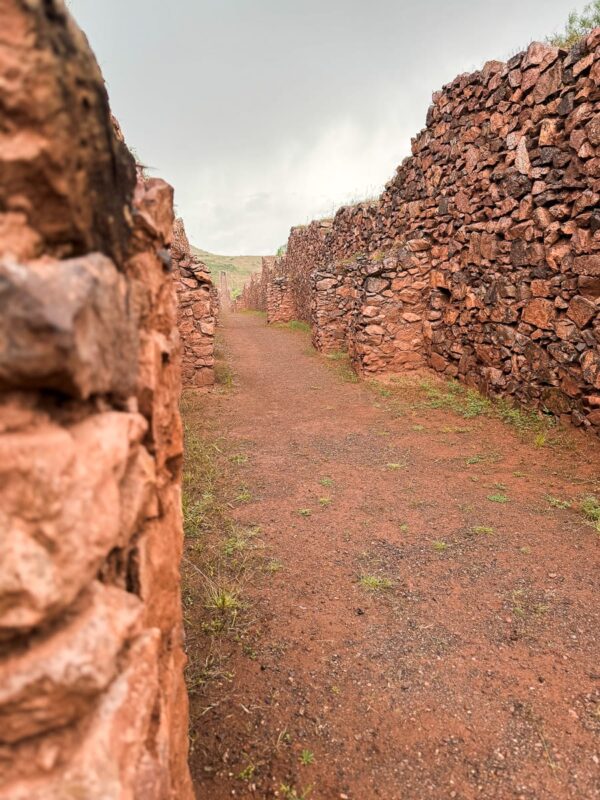
We arrived about the same time as a brief rainstorm and enjoyed an almost empty site! I’m not sure if it was the rain or the site, but given the size of the site, I expect fewer crowds or what feels like fewer crowds.
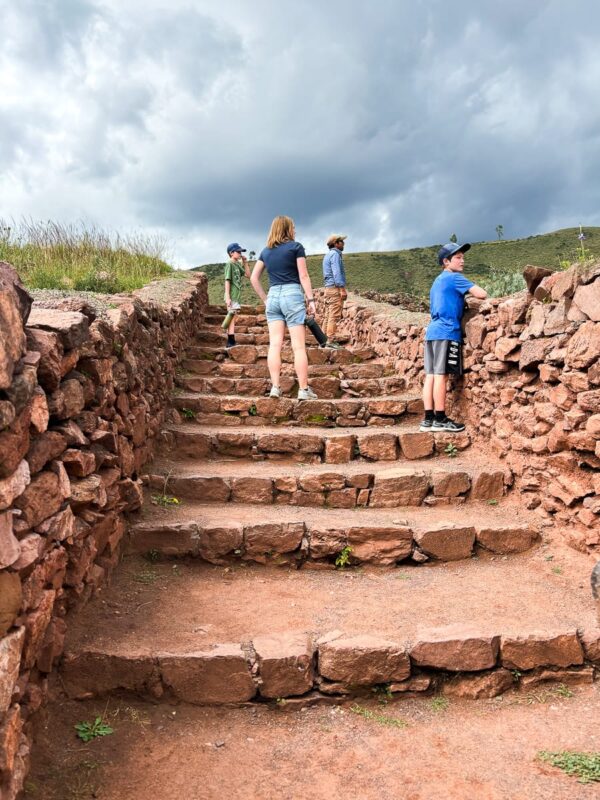
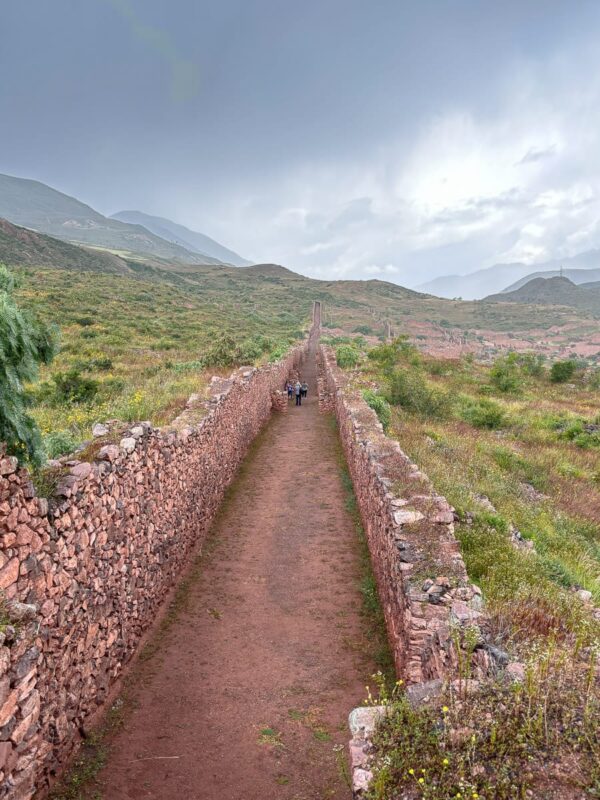
Church of Andahuaylillas
Despite its modest exterior, the Church of Andahuaylillas’s interior is a colonial gem of art and history.
Due to the intricate paintings adorning the interior, the church was nicknamed the “Sistine Chapel of the Americas.” While it was a unique stop and experience since we were in the area, if you are going to skip a stop, this would be our recommendation.
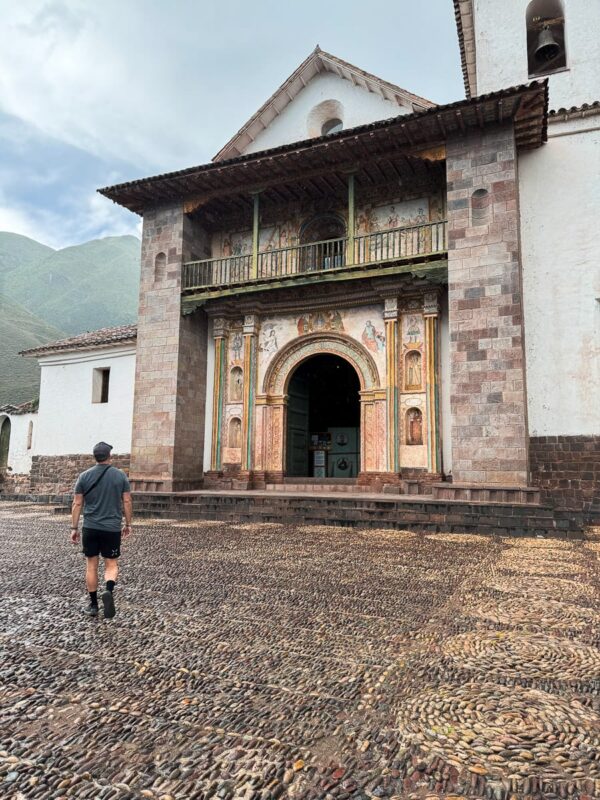
We did, however, grab an excellent “apple fritter” type of food from a local vendor outside the church (I failed to get the name).
If you visit this site, there is an additional entrance fee that most tours won’t include. It is minimal, and cash is required (soles), but be prepared for this cost.
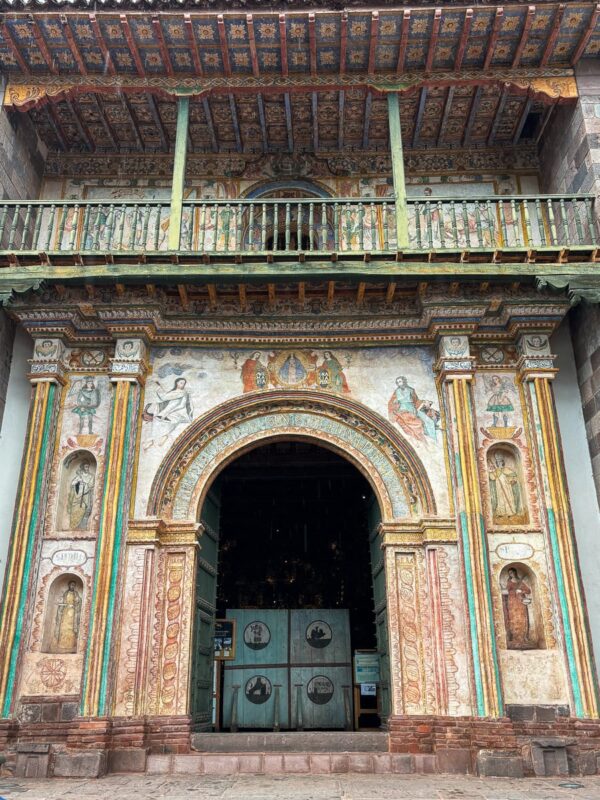
The Plaza de Armas in Andahuaylillas, just outside the church, is a beautiful plaza surrounded by impressive Pisonay trees. It is a wonderful place to stop, relax, and enjoy a little downtime during the day.
How to get to South Valley
On your own
Public bus is the most economical way to reach any of the stops discussed here in the South Valley. Several buses travel from Cusco to the South Valley for a few Soles. This mode of transport allows you to see how the locals travel and take your time at each site without being rushed if you are on a specific tour.
You may have to catch a taxi or hop on a collectivo (local shared transport van) as the buses do not run directly to the site entrances, such as at Tipon, but these are abundant and won’t add much to your cost.
If you are not directly dropped off there, you can also walk to most of the sites from the bus stop. Be sure to verify that the bus route stops at your desired destination, and also check return times and frequency.
You can take a taxi or hire a car from Cusco to the South Valley, but it will definitely be more expensive. Before you leave, ensure you agree to a price and the specifics of what services they will offer.
With a Tour
Several tour companies run to the South Valley, but you should inquire about their itinerary, as the South Valley sites are not as popular as other tours in the area.
As with all tours, be clear about what sites you will visit, what tickets the tour will cover, how long it will last, and if any other “extras” are included, like lunch. These tours usually start between 8 and 9 am and return to Cusco around 2 – 3 pm.
SIDE NOTE: We took a private tour (since there were seven of us) through NATIVA EXPEDITIONS.
Weather
The weather in the South Valley is similar to that in Cusco and the surrounding areas. From April through October, the temperature drops considerably at night, and you are likelier to experience showers during the day. May through November is considered the Dry season, but temps remain cooler without as much chance of precipitation.
Rainy season (December – April) Rainy Temp Min 7 C Temp Max 23 C
Dry season (May – November) Dry Temp Min 7 C Temp Max 20 C
What to bring
For your ½ to full-day trip from Cusco to the South Valley, we recommend that you bring the following;
- Layers (Rain jacket, long sleeve, t-shirt, etc.)
- Hat
- Sunscreen
- Bug spray
- Snacks
- Water
- Good walking shoes
- Cash (Soles)
- Boleto Touristico (if already purchased)
- ID (passport)
- Camera/Phone
Doing this with Kids?
Absolutely! Every site is doable with kids and a great learning experience all around.
Depending on your children’s ages, you may have to take things slower, but you’ll regret not going.
Our kids loved exploring the ruins, eating warm bread from local ovens, and learning about Peru’s history and culture. These locations were relatively easy; as always, you and your family can be as adventurous as you want.
Make sure you are prepared for the weather and have snacks your kids may like on hand, though. We know ours get hangry, so planning ahead, just like you always do, is a must.
We always encourage kids to participate in almost every activity, but most will have zero issues with any location you visit in the South Valley.

